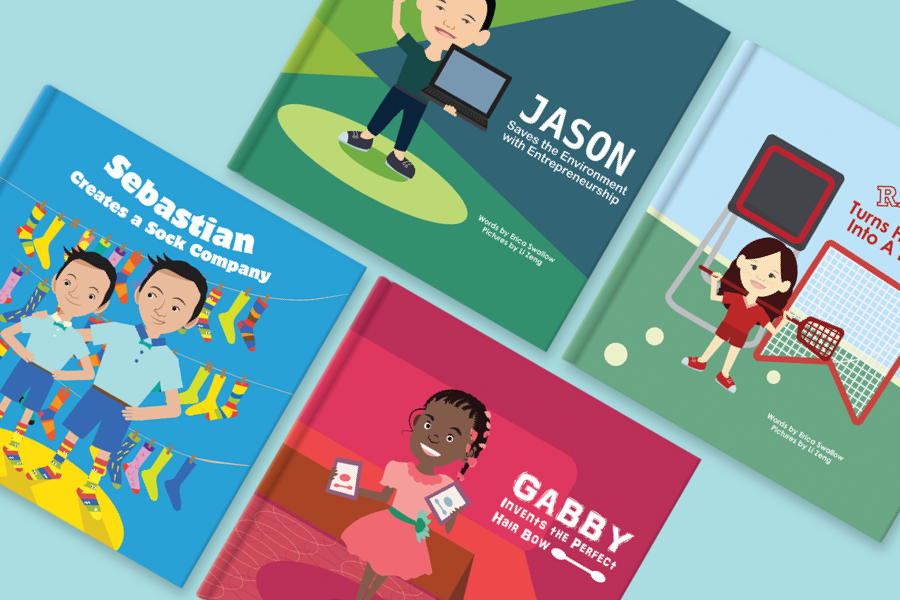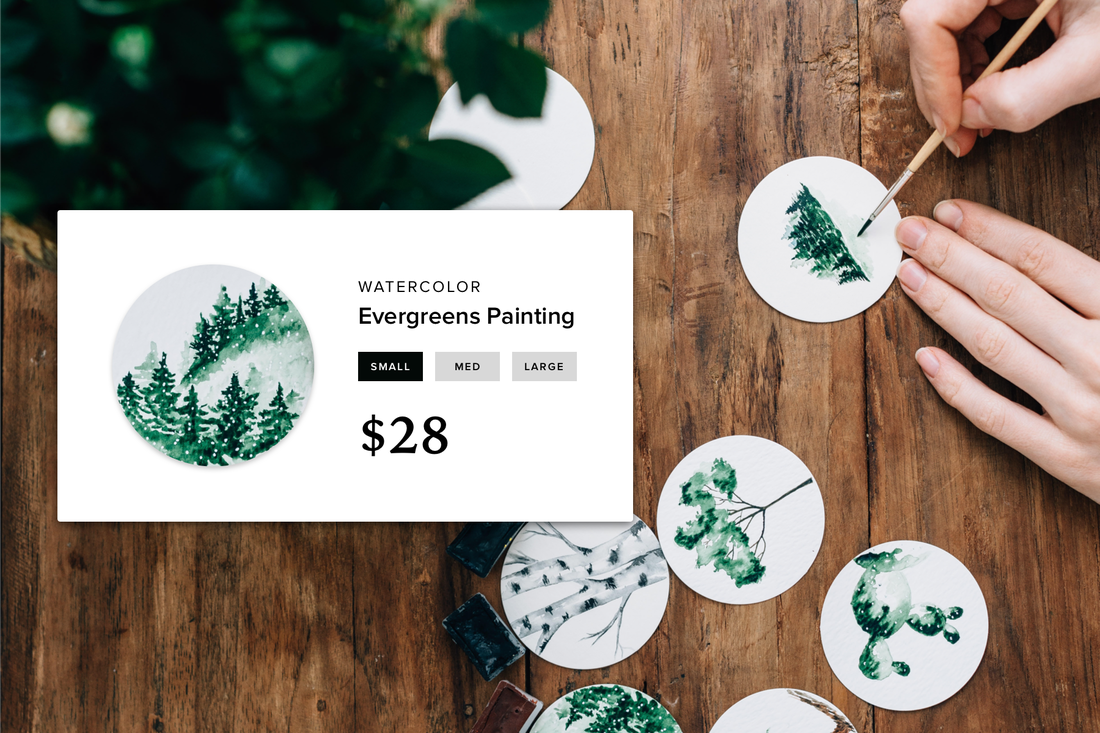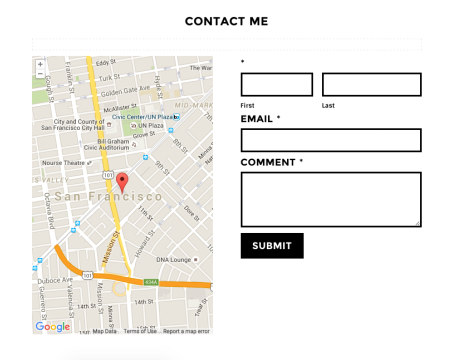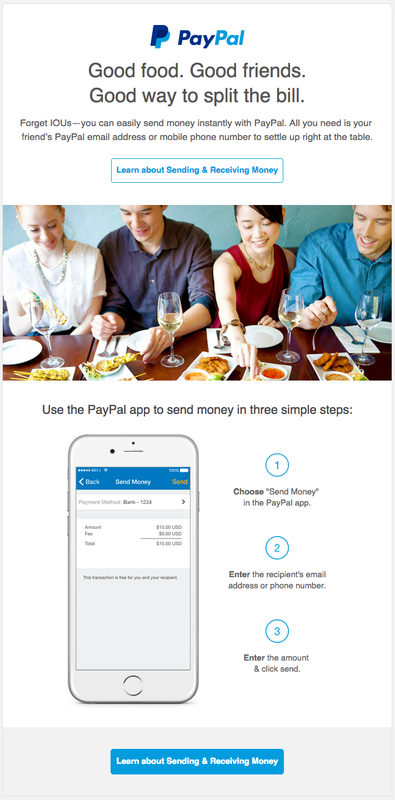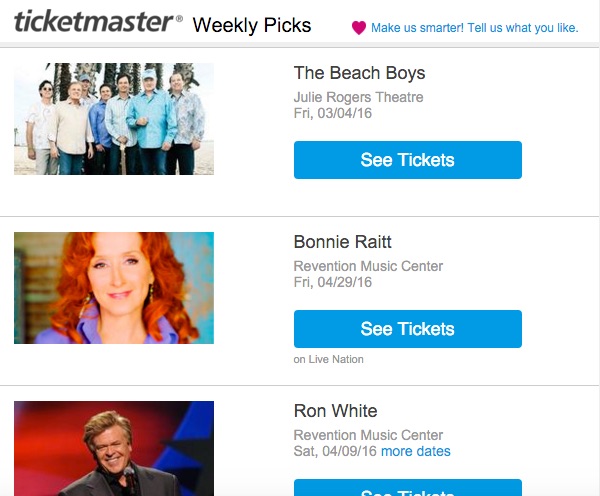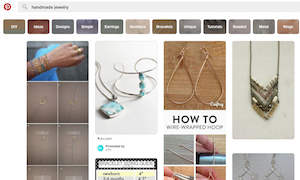While the channels for connecting with customers keep expanding, some 72 percent of U.S. adults still prefer to communicate with companies via email, according to MarketingSherpa. But what's the best way to get your message across? And what should that message include? Whether you own a small business or a website, here are some basic strategies to help you launch a successful email marketing campaign.
Gather Your Contacts
Before you can send your first email, you'll need a sizable email list. Beyond your existing network of contacts, you can build (or start) an email list by using your website to reach out to customers interested in expanding their relationship with your site or store.
Before you can send your first email, you'll need a sizable email list. Beyond your existing network of contacts, you can build (or start) an email list by using your website to reach out to customers interested in expanding their relationship with your site or store.
You can create an email or newsletter signup form on your site -- or gather emails during checkout in your store. Another option: Give something away or offer a one-time discount in exchange for signing up.
Choose What to Send
There are many different ways to communicate your message to customers, from product announcements to sales to event invites to newsletters. Be clear about why you're sending the email and choose the format that best matches your intention.
For any email, it's important to make it mobile-friendly in order to enhance brand awareness. Use attention-grabbing images and copy to capture mobile users' interest. Entrepreneur Magazine suggests using single column layouts that can expand on desktop, generous amounts of white space, and putting your most important news above the scroll.
Introduce Yourself
Clever content won't help your campaign unless a customer actually opens the email. Start with a great introduction to pique customers' interest and get the conversation started. Unless you have a very well-known brand, the “from" line of your email should include the name of a real person.
It's also important to keep the subject line short. While subject lines with seven words are the most frequent, three-word subject lines have the greatest engagement, according to a recent study by SendGrid.
DigitalMarketer sent 134 million emails in 2015, and analyzed which subject lines had the best open rates. The most engaging subject lines included a simple "Thank You!" which offered recognition to customers. Another top performer, "The YouTube Gold Mine" offered high value and vague details that encouraged readers to learn more.
Personalization by using the recipient's first name in the subject line are more likely to be opened, according to Retention Science. So go ahead and say hello.
Keep it Short
Reward customers for opening your message by quickly getting to the point. Make your emails easy to skim.
Once you've gotten past the introduction, keep the conversation going by using your email to build a relationship. Inc. Magazine suggest attracting the customer you want by using their language and talking like a friend.
For example, take this short and succinct email from PayPal. It identifies a single problem and solution in clear, conversational language. A link invites readers to "Learn more about sending & receiving money" on another page.
Personalization by using the recipient's first name in the subject line are more likely to be opened, according to Retention Science. So go ahead and say hello.
Keep it Short
Reward customers for opening your message by quickly getting to the point. Make your emails easy to skim.
Once you've gotten past the introduction, keep the conversation going by using your email to build a relationship. Inc. Magazine suggest attracting the customer you want by using their language and talking like a friend.
For example, take this short and succinct email from PayPal. It identifies a single problem and solution in clear, conversational language. A link invites readers to "Learn more about sending & receiving money" on another page.
Ask about your customers' challenges and get to know them before trying to sell your product. In other words, don't try to pitch marriage on the first date, the magazine advises.
Sound the Call
Close your email with a clear Call to Action (CTA). Be specific, and give your readers one compelling reason to click on your link or button. It's also important to make sure your CTA stands out from the rest of your copy, advises entrepreneur and marketer Danny Wong.
Although your email ideally has a single message, feel free to repeat your CTA multiple times, says Wong. Some customers may want to click on your link at the beginning of your email and others at the end. Make it convenient to click on your CTA whenever the inspiration strikes.
Your CTA should focus on the action you want readers to take and the value they'll receive, advises SproutSocial. For example, "Join today to get free access for 30 days!" clearly explains results. In contrast, "Sign up for Sprout Social" focuses too much on the product, with fewer details about what will happen if you click.
Be Consistent
How often should you send emails? It all varies depending on your business and your CTA. What's most important is to set clear expectations with customers about how often they will receive emails by signing up. Be up front about if they should expect this daily, weekly or monthly. It's important to be consistent about delivering what you promise.
It's also important to be clear about what customers will receive if they answer your CTA, according to Kissmetrics. Will they get discounts, sneak previews, helpful information or other relevant data? How will they benefit from subscribing to your emails? Creating clear value is a great way to keep customers from hitting unsubscribe.
Divide and Conquer
Your customers have different demographics, interests and needs. Dividing them into segments enables you to keep it personal and make sure that the emails you send are relevant to your audience, says Wong.
You can segment your customers by demographics like where they live or work, buying behavior, stated interests, or when they signed up to reward loyalty. Segmenting your emails enables you to have the right conversation with the right customers at the right time.
Data from the Direct Marketing Association (DMA) shows that segmented and targeted email campaigns are more successful, generating 58% of all revenue.
There are many benefits for small business and website owners who use email to connect with their customers. By getting to know your subscribers and building great relationships, you can create a successful email marketing campaign to take your business to the next level.
Ready to implement these effective email marketing strategies to drive more traffic and business to your website? Weebly Promote gives you all the tools you need to get started with email marketing today.
Be Consistent
How often should you send emails? It all varies depending on your business and your CTA. What's most important is to set clear expectations with customers about how often they will receive emails by signing up. Be up front about if they should expect this daily, weekly or monthly. It's important to be consistent about delivering what you promise.
It's also important to be clear about what customers will receive if they answer your CTA, according to Kissmetrics. Will they get discounts, sneak previews, helpful information or other relevant data? How will they benefit from subscribing to your emails? Creating clear value is a great way to keep customers from hitting unsubscribe.
Divide and Conquer
Your customers have different demographics, interests and needs. Dividing them into segments enables you to keep it personal and make sure that the emails you send are relevant to your audience, says Wong.
You can segment your customers by demographics like where they live or work, buying behavior, stated interests, or when they signed up to reward loyalty. Segmenting your emails enables you to have the right conversation with the right customers at the right time.
Data from the Direct Marketing Association (DMA) shows that segmented and targeted email campaigns are more successful, generating 58% of all revenue.
There are many benefits for small business and website owners who use email to connect with their customers. By getting to know your subscribers and building great relationships, you can create a successful email marketing campaign to take your business to the next level.
Ready to implement these effective email marketing strategies to drive more traffic and business to your website? Weebly Promote gives you all the tools you need to get started with email marketing today.
 Lisa Wirthman Lisa is a freelance journalist covering women, business, policy and social good.
Lisa Wirthman Lisa is a freelance journalist covering women, business, policy and social good.

